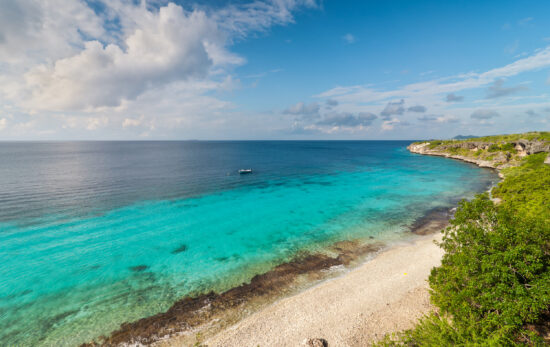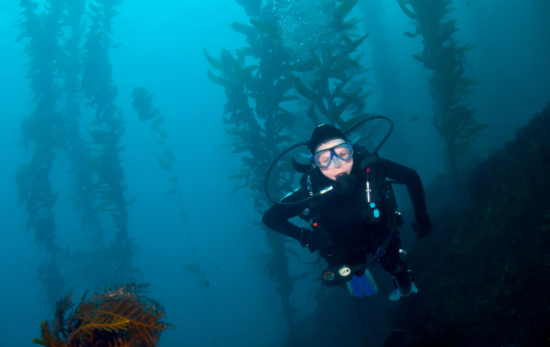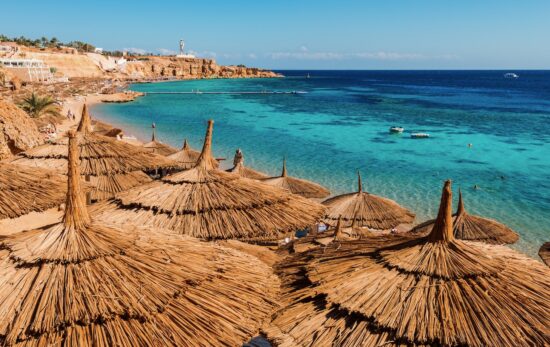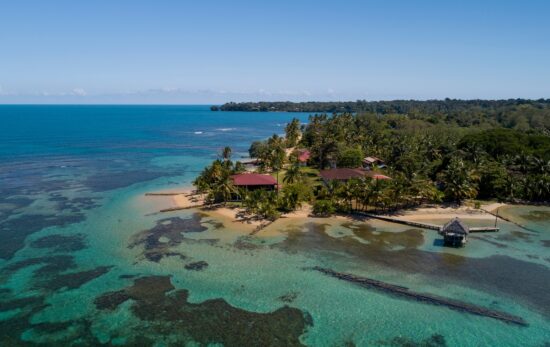Fiji’s scuba diving is often referred to as being amongst the best in the world. It’s a big claim to make, but it’s also well deserved. This blog looks at what makes Fiji’s scuba diving so incredible and discovers some of Fiji’s most iconic dive sites.
Overview
There’s no doubt that Fiji is a remarkable destination. Comprised of over 900 volcanic islands in the blue waters of the South Pacific, Fiji offers white sand tropical beaches and the promise of adventure!
When it comes to Fiji’s scuba diving, Jacques Cousteau named the country “The soft coral capital of the world,” and Fiji’s soft corals give the reefs and dive sites their vibrant colors.
Underwater, Fiji offers everything from sloping reefs and walls to caverns, canyons, and stunning swim-throughs. Fiji is home to more than 390 different species of coral and an incredible 1,200 species of fish. Some of the highlights of Fiji’s scuba diving include bull sharks, wahoo, manta rays, and even the possibility of a passing whale shark.
For macro underwater photographers, the critter life doesn’t disappoint either. Ribbon eels, seahorses, mantis shrimp, Emperor shrimps, octopi, nudibranch, and other small crustaceans are all just waiting to be discovered.
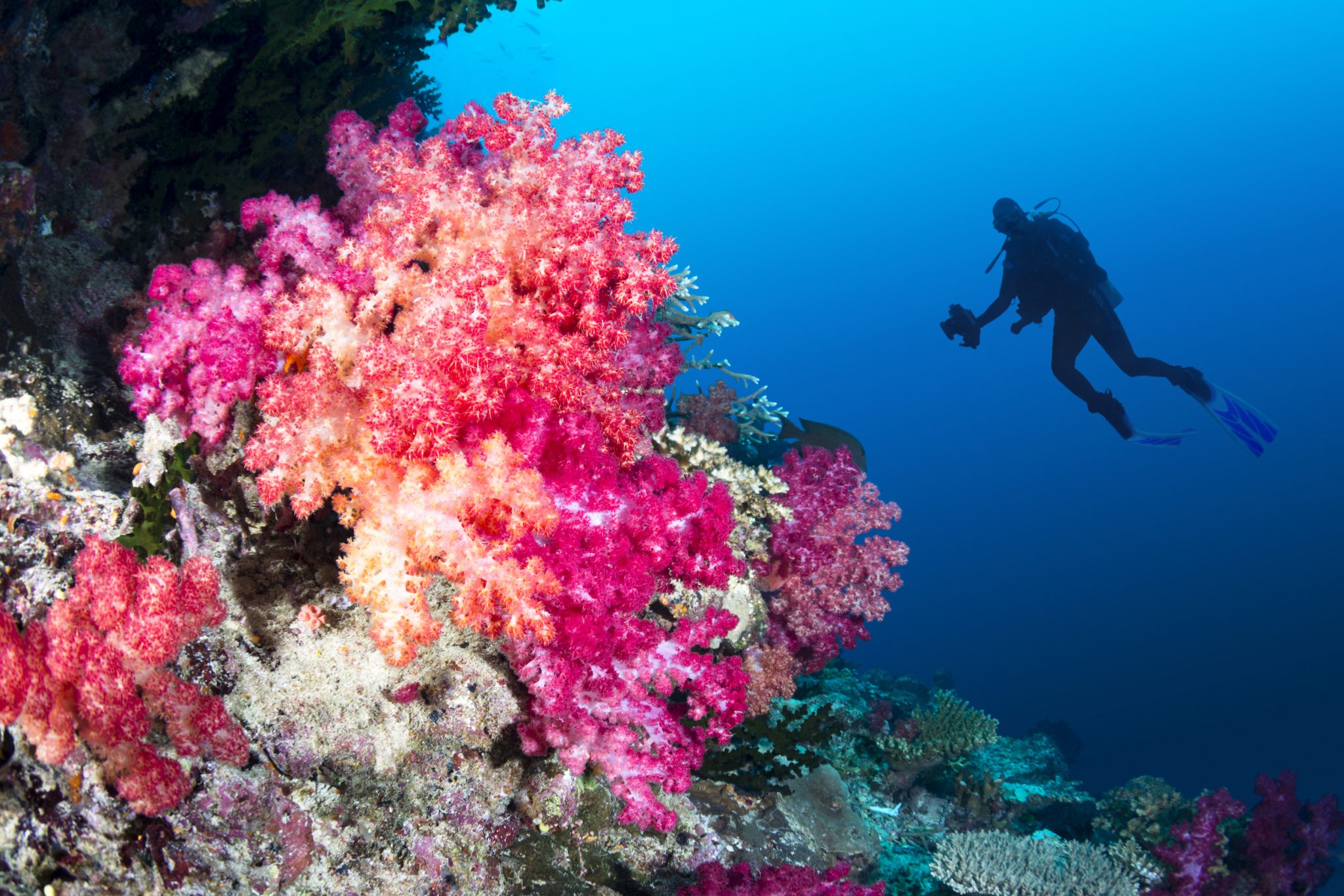
Best times to go?
Fiji’s tropical climate ranges between 28-30°C (82 – 86 Fahrenheit), and water temperatures range from 23 – 27°C (73 – 81 Fahrenheit). These balmy temperatures mean that Fiji’s scuba diving is a year-round possibility.
The cyclone season runs from November to March and brings increased swells, rainfall, and currents, the coldest but most transparent waters are between July and December. When the waters are warmer from December to July, visibility is lower due to plankton. However, these plankton-rich waters attract Fiji’s filter feeders, which include whale sharks and manta rays!
Essentially, there’s always incredible diving to experience in Fiji – no matter the time of year!

What is there to see?
When scuba diving in Fiji, there is always something to see. The dive sites in Fiji are teeming with life and awash with color due to the spectacular soft corals that characterize almost every dive site.
Dive sites are incredibly varied, and you’ll find just about every type of topography from coral gardens, canyons, slopes, walls, and drop-offs.
Along with manta rays and the occasional whale shark, one of the other draws to diving in Fiji is the frequent shark sightings. Schools of smaller hammerheads, particularly in the winter months, are common. But if you don’t see a hammerhead, you can reasonably expect to see nurse sharks, white tip reef sharks, and other species, including bull sharks. Both humpback and sperm whales have also glided through Fiji’s dive sites, especially between July and October.
On the smaller end of the scale are Fiji’s macro critters. Look out for ribbon eels, seahorses, mantis shrimp, emperor shrimps, octopi, and an array of nudibranchs. Fiji is also home to multiple species of anemonefish, including one endemic species! Other notable marine life includes banded sea snakes, sea turtles, and moray eels.
The variety of marine life that passes through the region truly puts Fiji’s scuba diving in a class of its own.

3 Top Dive Sites in Fiji
It’s almost impossible to narrow Fiji’s scuba diving down to a top 3 because there are so many sites that could be in contention. However, we’ve picked out 3 of the most iconic sites that should not be missed…
- Rainbow reef (Taveuni Island and East Vanua Levu)
This dive site comes up time and time again when discussing Fiji’s best dive sites – and it is truly one of the most spectacular. Rainbow Reef is located between the Vanua Levu group and Taveuni island and is named “rainbow” for excellent reasons. If you want to see a showcase of color, then this is the site to dive into! The reef is an underwater ecosystem of color layered upon color in the form of fan, soft, hard, and plated corals. Add to the mix masses of anemones inhabited by colorful clownfish closely guarding their host homes.
This is also an excellent site for spotting some of Fiji’s larger marine species, including; manta rays, barracuda, tuna, grey, nurse, and reef sharks. Dolphins and pilot whales may also be seen on your way to and from the dive sites!
- Beqa Lagoon (Beqa island, South of Viti Levu)
This is an easily accessible site for those diving from the mainland, and it’s an absolute must for shark enthusiasts. In a single dive, you can see multiple shark species, including; white tips, black tips, bull sharks, and even tiger sharks. For the best experience in the Bega Lagoon, dive in the summer months (November-April) when minimal rainfall occurs and more minor washouts from the rivers, which lowers visibility.
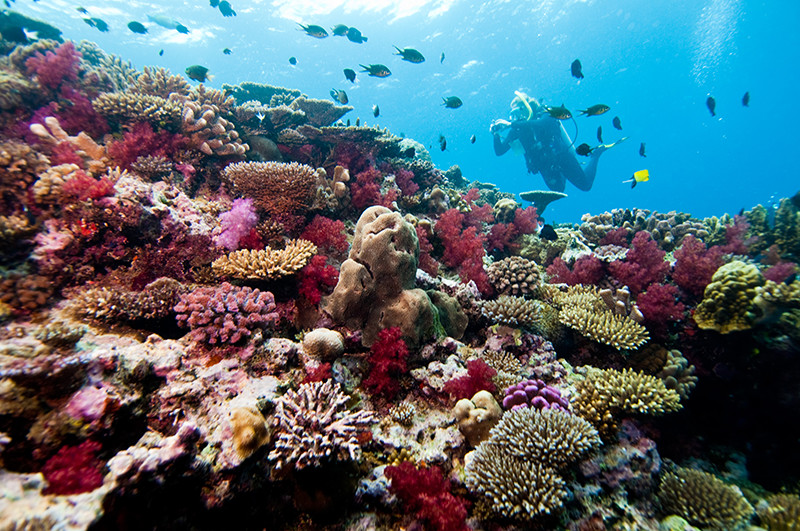
- Bligh Waters (Noth Viti Levu)
There are plenty of dive sites here, and the entire area has an incredible amount on display. The underwater topography and the marine life found here are no less than impressive. A kaleidoscope of soft corals in hues of pink, purple, orange, and yellow adorn the pinnacles – and everything else! Look out for bustling swarms of goby, unicornfish, sweet lips, and surgeonfish residents here. Look out for passing pelagics often spotted cruising by in the blue.
Included in this area is the Vatu-I-Ra Passage, between the two main islands of Fiji. This is now the single largest marine protected reserve in Fiji. Accessed via liveaboards or dive operators out of Rakiraki, this is where a large section of the IMAX film on sharks, shot by Ron & Valerie Taylor, was taken.
Are you ready to book your ticket and head to world-class diving in Fiji? Check out fantastic options in Fiji on PADI travel! You can also visit the Fiji Tourism Board website here.

